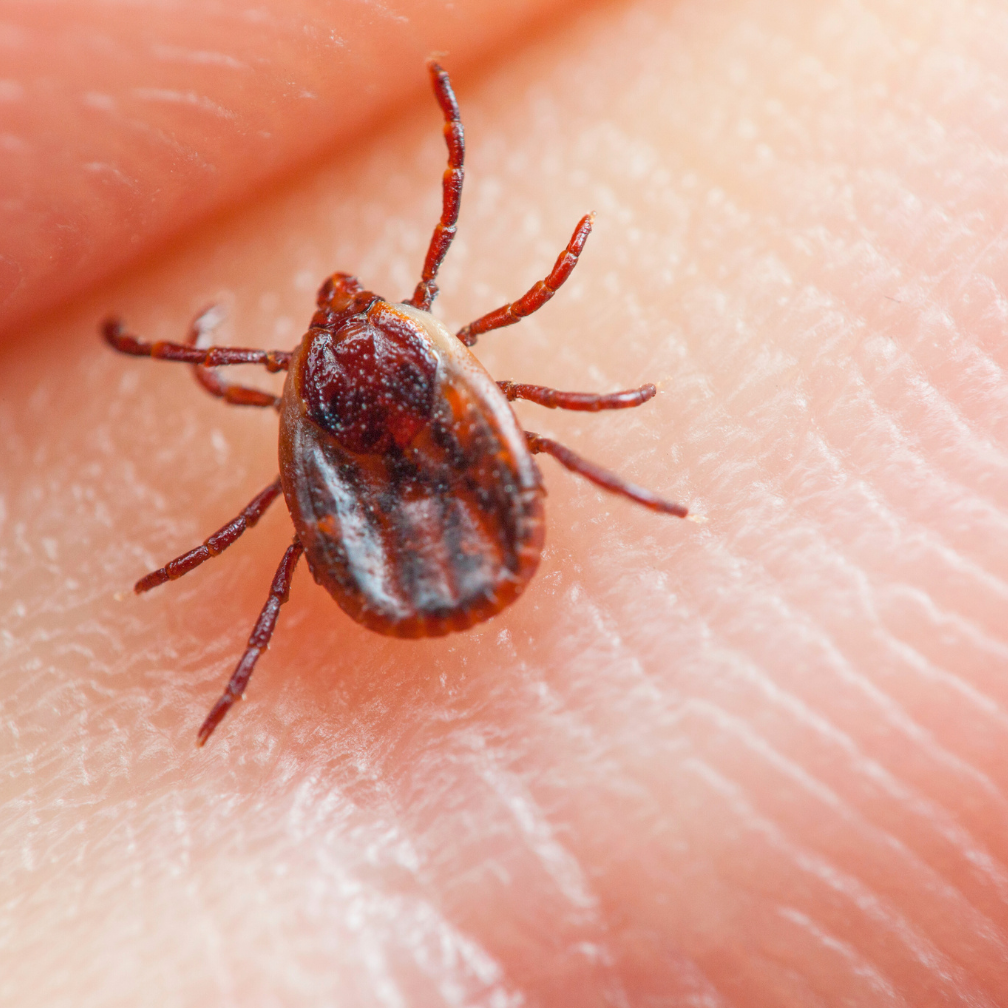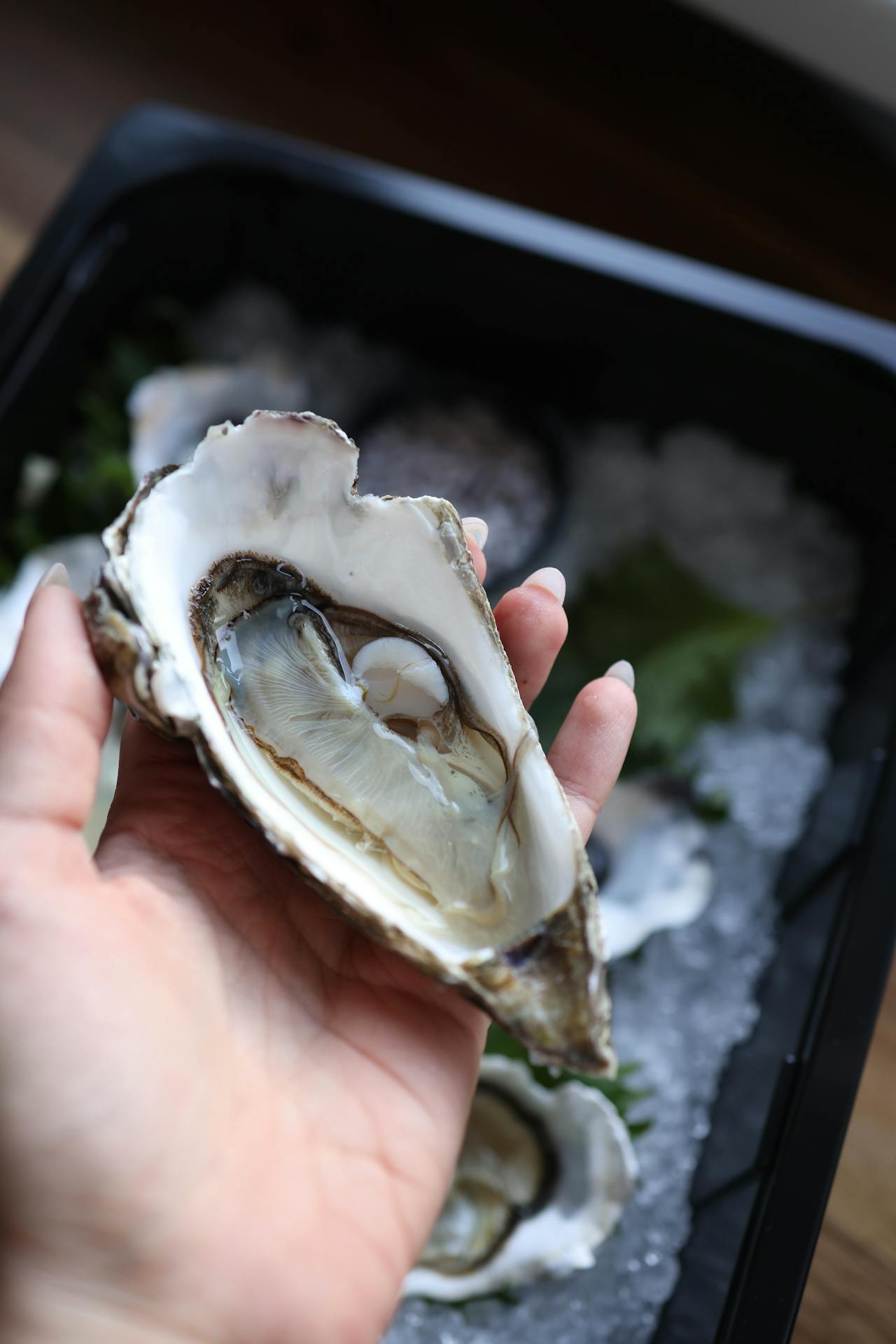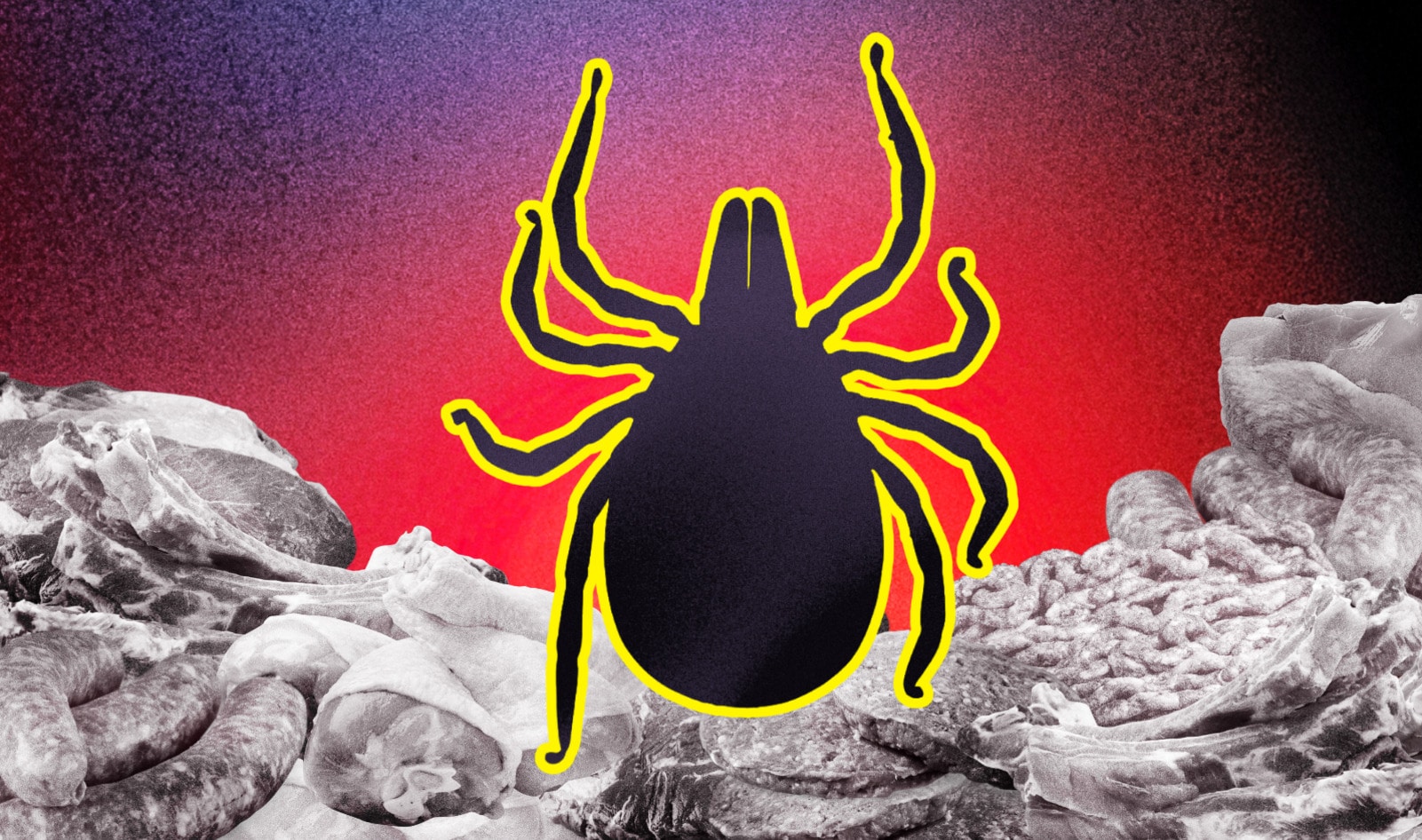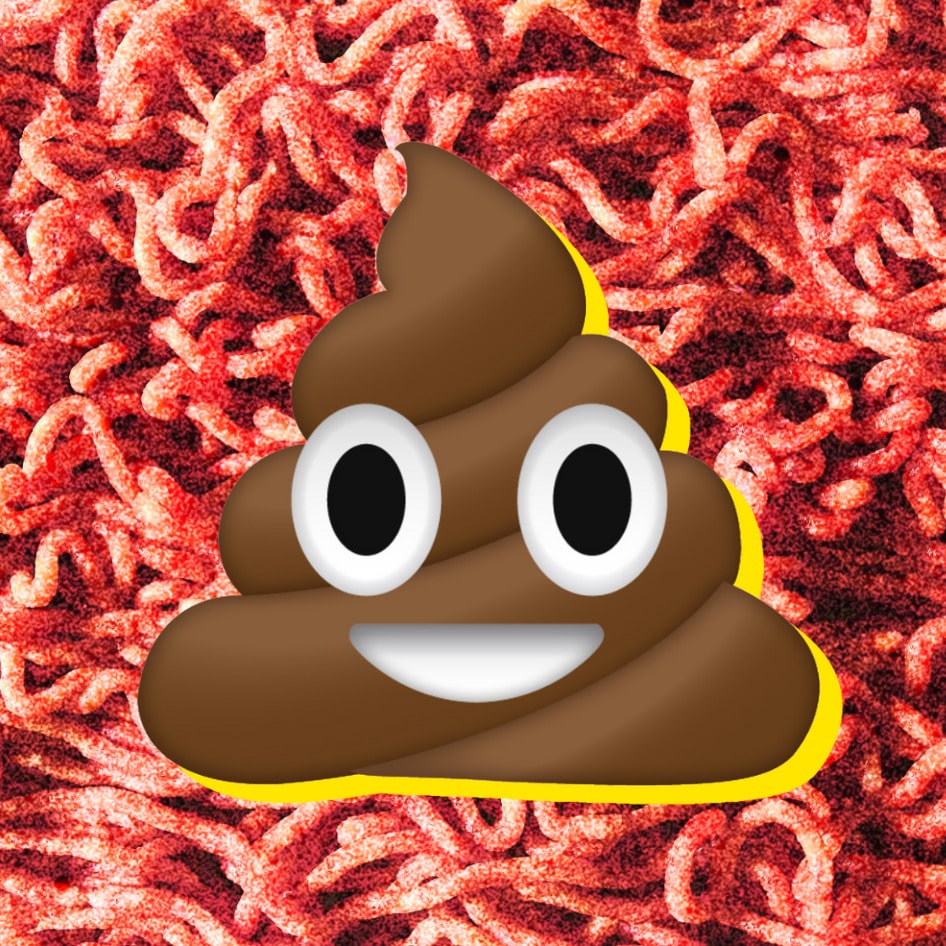Most people give up meat because of environmental concerns, health reasons, or animal welfare. Others simply don’t like the taste. But recently, another unexpected factor has been driving meat avoidance in the US: ticks.
Yes, ticks. Lone star ticks, tiny external parasites that feed on the blood of deer, dogs, raccoons, coyotes, and even humans, can transmit a condition called alpha-gal syndrome. This life-threatening allergy causes people to react to red meat and other mammal-derived foods, like dairy or gelatin.
 Canva
Canva
In Martha’s Vineyard alone, there have been 523 cases of alpha-gal syndrome, which is a staggering rise from just two in 2020. Nationwide, the Centers for Disease Control and Prevention (CDC) estimate that up to 450,000 people may currently be affected. Lone star ticks are the primary culprits, but blacklegged and western blacklegged ticks can spread the condition, too. Not everyone bitten will develop the allergy, but cases are climbing fast.
Why is alpha-gal syndrome becoming more common?
Experts say the spread of alpha-gal syndrome is unlikely to slow down. “We’ve seen an explosive increase in these ticks, which is a concern,” Brandon Hollingsworth of the University of South Carolina told The Guardian.
“I imagine alpha-gal will soon include the entire range of the tick, which could become the entire eastern half of the US. It seems like an oddity now, but we could end up with millions of people with an allergy to meat.”
Two key reasons? Climate change and human expansion. Ticks thrive in warm weather, and as rising temperatures extend their habitats, they’re moving into new areas. At the same time, more homes are being built on land that was once wildlife habitat, increasing human-tick encounters.
The climate crisis and foodborne disease
Alpha-gal syndrome isn’t the only concern. Experts warn that climate change is also making the food system more vulnerable to pathogens and contamination.
Erratic weather patterns, such as heavy rainfall, can spread bacteria like E. coli. When contaminated water from animal farms floods into cropland, produce can become tainted. The CDC reports that one strain, STEC O157, causes an estimated 97,000 illnesses, 3,720 hospitalizations, and 30 deaths annually in the US.
Cases of Vibrio vulnificus, a flesh-eating bacterium found in shellfish, are also on the rise, fueled by warming oceans. In August 2025, two people in Louisiana died after eating raw oysters contaminated with the bacteria.
 Pexels
Pexels
BECOME A VEGNEWS VIP: Get exclusive product deals, freebies, and perks galore!
Even the recent case of potentially radioactive frozen shrimp could happen again as a result of climate change. Warmer waters and shifting currents may redistribute long-trapped contaminants, including radioactive particles from past nuclear accidents, into regions where seafood is harvested.
Ironically, though, animal agriculture isn’t just vulnerable to climate change; it’s also a major driver of it. Agriculture accounts for about 23 percent of global greenhouse gas emissions, most of it from cattle farming and deforestation.
In other words: The very industries fueling the crisis are also among the hardest hit by its consequences. If we want a safer, more resilient food system, it might have to come from rethinking how and what we eat.
For more plant-based stories like this, read:
JUMP TO ... Latest News | Recipes | Guides | Health | Subscribe









